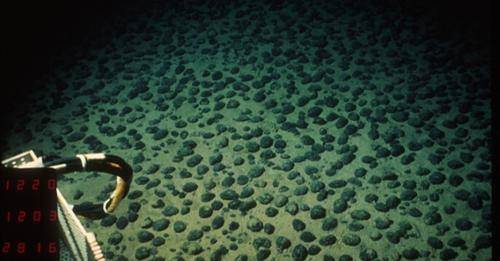
A recent breakthrough in ocean science might alter our understanding of how oxygen is produced on Earth. Traditionally, we've learned that plants and algae generate oxygen through photosynthesis using sunlight and carbon dioxide. However, a study published in Nature Geoscience on July 22 reveals that a previously overlooked natural process might also contribute to oxygen production in the ocean's depths.
Researchers have found that polymetallic nodules—natural mineral deposits located at the bottom of the ocean—can generate oxygen without light.
These nodules, found as deep as 20,000 feet below the ocean surface, contain metals like cobalt, copper, lithium, and manganese. Historically, they have been targeted by mining companies for their potential to yield valuable metals used in electronics and batteries. However, this new finding highlights their crucial role in deep-sea ecosystems.
Key Findings:
Polymetallic nodules can produce oxygen in dark, lightless ocean depths.These nodules contain metals that might act as natural "geobatteries" generating electrical currents in seawater.

This discovery could challenge existing theories about the origins of aerobic life on Earth.
The anomaly was first detected over a decade ago by Andrew Sweetman of the Scottish Association for Marine Science (SAMS) during an expedition in the Clarion-Clipperton Zone, a deep-sea ridge in the Pacific Ocean.
The article is not finished. Click on the next page to continue.
The article is not finished. Click on the next page to continue.
Next page


















